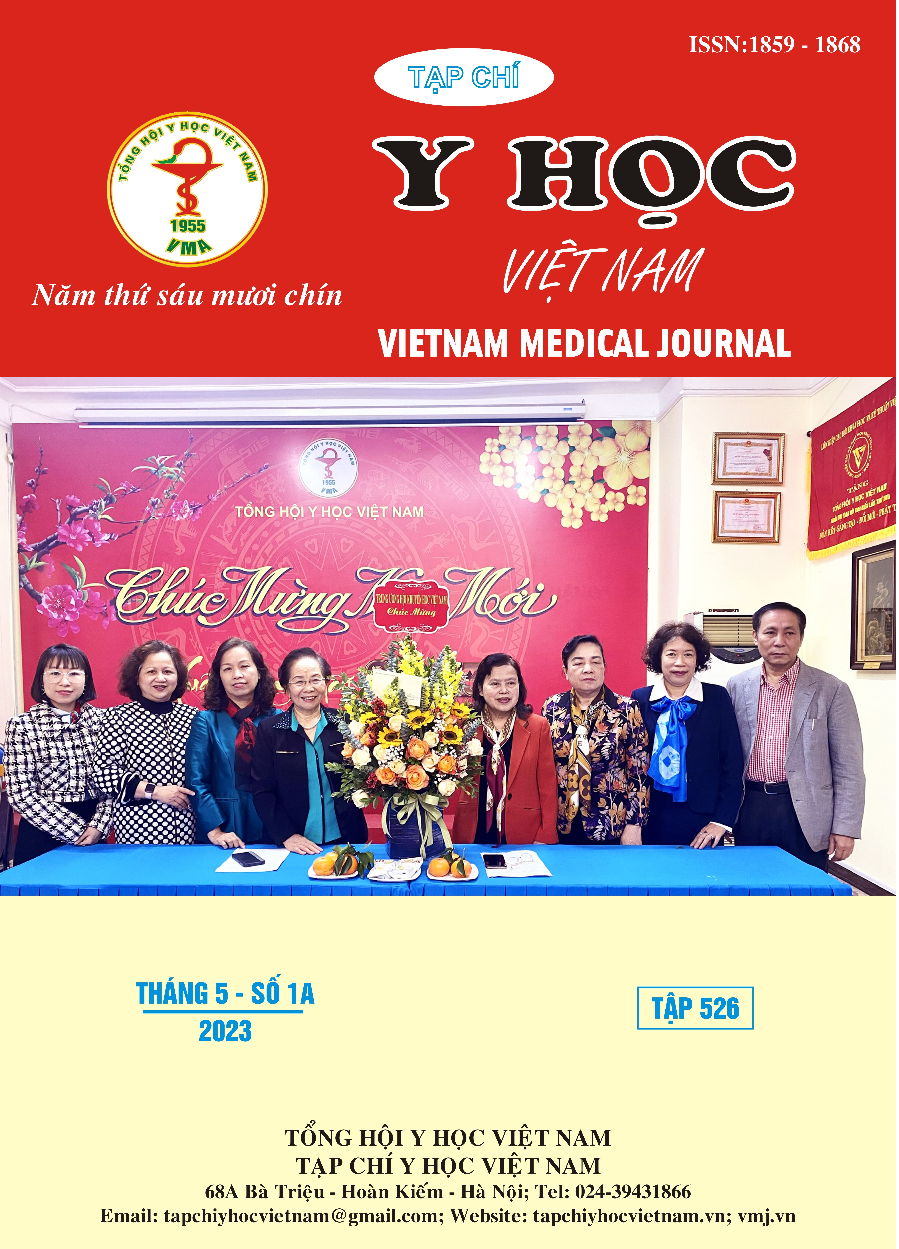THE USE OF PAIN MEDICATIONS IN PATIENS AFTER SURGERY AT DEPARTMENT OF TRAUMATOLOGY, ORTHOPEDIC AND HI-TECH AREA, SAINT PAUL HOSPITAL
Main Article Content
Abstract
This study discribe the use of pain medications and level of pain in patients after surgery. There were 73 patients participated in the study. The main type of surgery is the special level focusing on: hip replacement, ostomy and arthroscopic (78%). There was a reduction in the mean pain score from 7.39 (day 1) to 2.61 (day 4). However, nearly 90% of patients reported severe and moderate pain during the first 2 days after surgery. The various classes of analgesics were used including peripheral analgesics (paracetamol, NSAID) and central analgesics (codeine, tramadol, morphine). Paracetamol was the most preferred choice for pain relief. Strong central analgesics were commonly used on the 1st and 2nd day after surgery. Then, percentage of using strong central analgesics decreased gradually. Regarding medication regime, the combination of 2 and 3 pain relievers had the highest rate. 70.1% of patients suffered severe pain were treated with a combination regimen in the first day, mainly paracetamol and NSAIDs. About 25% of patients with severe pain received paracetamol alone for the first day after surgery. The medications used for pain relief after surgery at Saint Paul Hospital were diverse. The result illustrated the reduction of pain score in study patients. However, pain assessment should be performed routinely to select the appropriate regimen for the patients
Article Details
Keywords
Postoperative pain, Saint Paul Hospital
References
2. Chou R., Gordon D. B., et al. (2016), "Management of Postoperative Pain: A Clinical Practice Guideline From the American Pain Society, the American Society of Regional Anesthesia and Pain Medicine, and the American Society of Anesthesiologists' Committee on Regional Anesthesia, Executive Committee, and Administrative Council", J Pain, 17(2), pp. 131-57.
3. Gan T. J. (2017), "Poorly controlled postoperative pain: prevalence, consequences, and prevention", J Pain Res, 10, pp. 2287-2298.
4. Gan T. J., Habib A. S., et al. (2014), "Incidence, patient satisfaction, and perceptions of post-surgical pain: results from a US national survey", Curr Med Res Opin, 30(1), pp. 149-60.
5. Gupta Anuj, Kaur Kirtipal, et al. (2010), "Clinical aspects of acute post-operative pain management & its assessment", Journal of advanced pharmaceutical technology & research, 1(2), pp. 97-108.
6. Jose de Andrés, Patrick Nachi (2017), Postoperative Pain Management, good clinical pratice, pp.
7. Sommer M., de Rijke J. M., et al. (2008), "The prevalence of postoperative pain in a sample of 1490 surgical inpatients", Eur J Anaesthesiol, 25(4), pp. 267-74.
8. Warfield C. A., Kahn C. H. (1995), "Acute pain management. Programs in U.S. hospitals and experiences and attitudes among U.S. adults", Anesthesiology, 83(5), pp. 1090-4.


